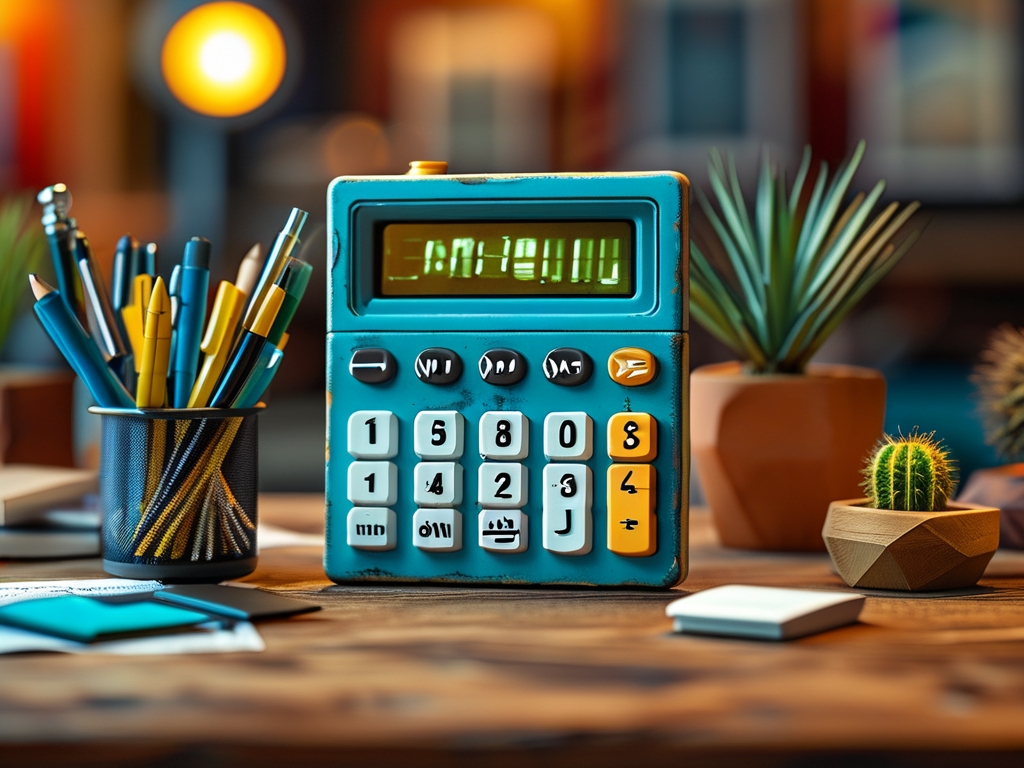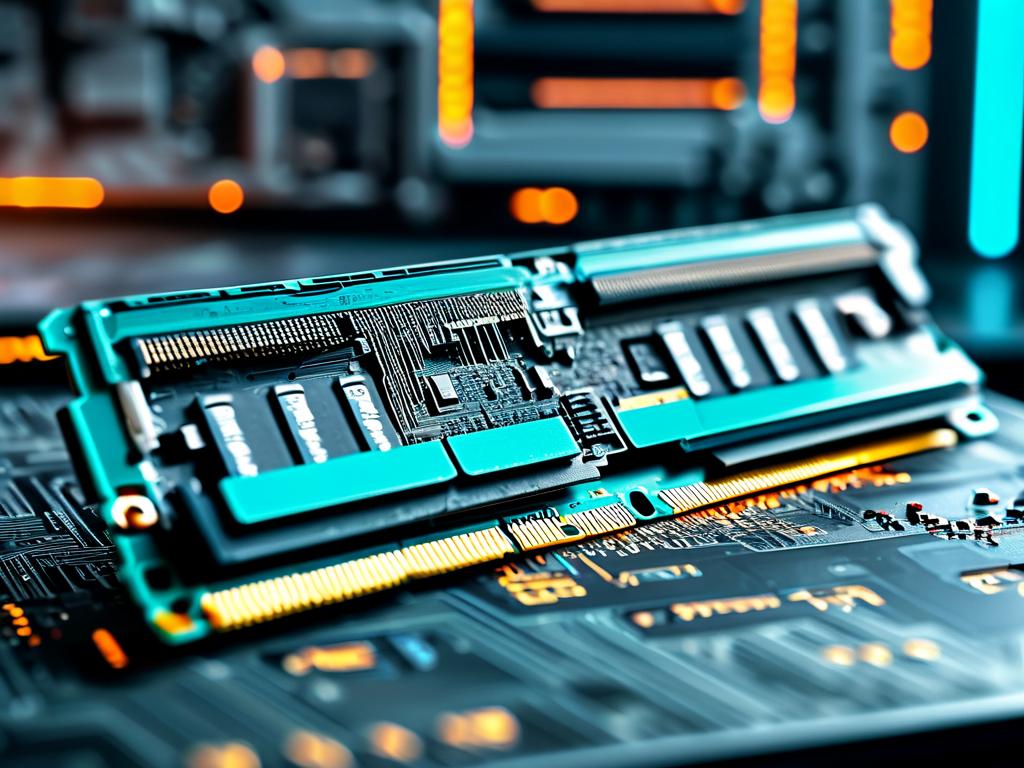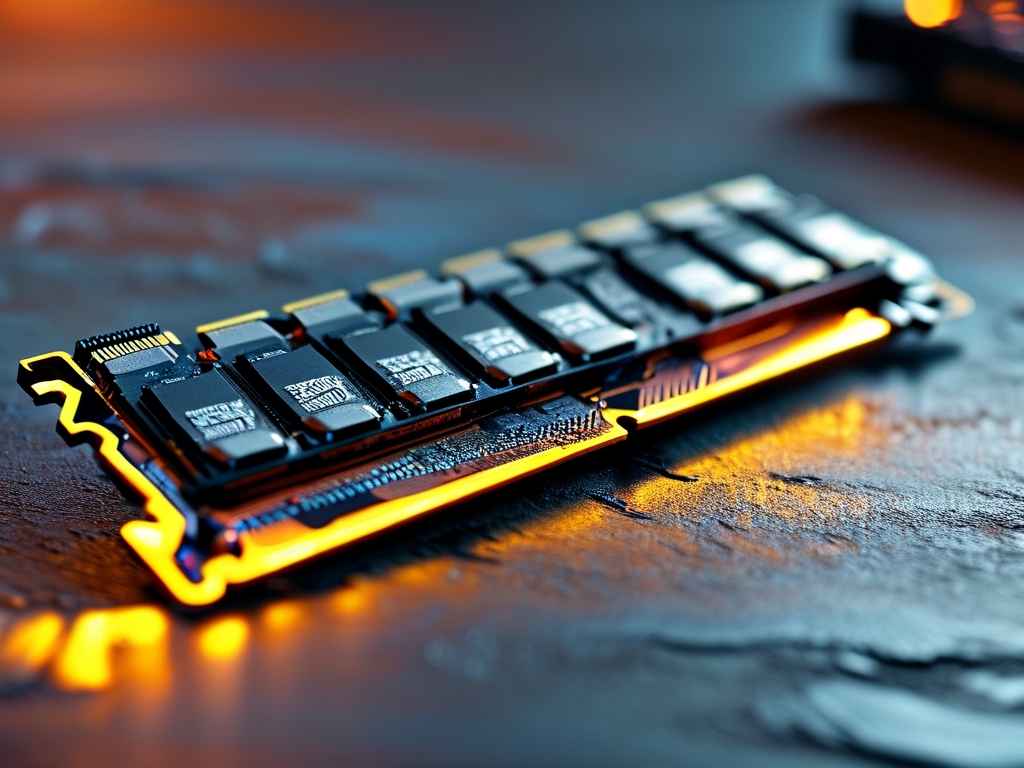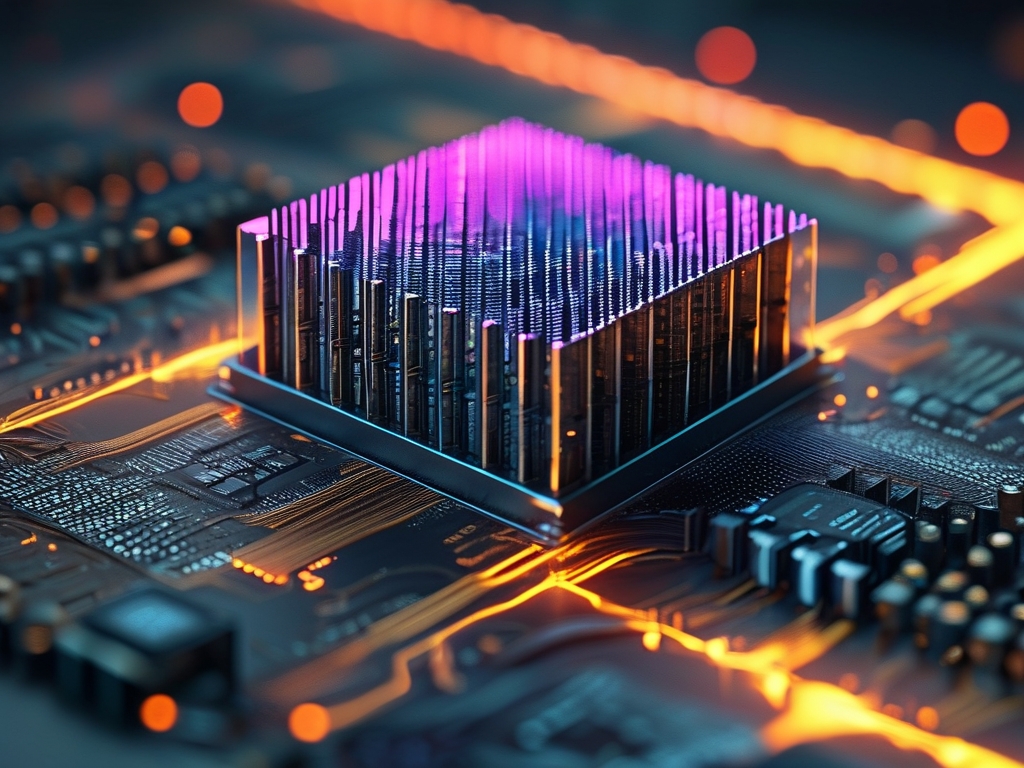Programmable calculators, often regarded as the bridge between basic arithmetic tools and full-fledged computers, rely on specialized memory systems to execute user-defined programs and store data. Understanding their memory architecture is crucial for both enthusiasts and professionals who leverage these devices for complex computations, engineering tasks, or educational purposes. This article explores the types, functions, and limitations of memory in programmable calculators, shedding light on how these compact devices manage data and programs efficiently.

Types of Memory in Programmable Calculators
Programmable calculators typically incorporate two primary types of memory: ROM (Read-Only Memory) and RAM (Random Access Memory).
-
ROM: This non-volatile memory stores the calculator’s operating system and built-in functions. For example, scientific algorithms, trigonometric operations, and system-level instructions are embedded in ROM during manufacturing. Users cannot modify this memory, ensuring the device’s core functionality remains intact.
-
RAM: Volatile memory used for temporary data storage and user-program execution. RAM holds variables, intermediate results, and custom programs written by the user. Unlike ROM, RAM loses its data when the calculator is powered off, unless backed by a persistent power source like a battery.
Historical Evolution of Calculator Memory
Early programmable calculators, such as the HP-65 (1974), featured limited memory—often just a few hundred bytes. These devices used magnetic cards or cassette tapes for external storage to compensate for restricted RAM. By the 1980s, models like the TI-59 introduced Solid-State Software Modules, which were ROM cartridges preloaded with specialized programs.
Modern programmable calculators, such as the HP Prime or TI-Nspire CX II, boast significantly expanded memory. They integrate flash memory (a type of EEPROM) for storing both the OS and user data, alongside RAM for active computations. For instance, the HP Prime includes 256 MB of flash memory and 32 MB of RAM, enabling advanced graphing and programming capabilities.
Memory Management Techniques
Due to hardware constraints, programmable calculators employ unique memory optimization strategies:
- Segmented Memory: Early devices divided RAM into fixed-size registers. Users allocated these registers to variables or program steps manually, requiring meticulous planning.
- Overlay Systems: To maximize limited memory, some calculators loaded portions of programs from external storage into RAM only when needed.
- Garbage Collection: Modern calculators automate memory management by reclaiming unused space, though this can introduce latency during complex operations.
Case Study: Memory in Graphing Calculators
Graphing calculators, a subset of programmable calculators, demand robust memory for rendering graphs and handling matrices. For example, the TI-84 Plus CE features 3 MB of flash memory and 256 KB of RAM. While this seems minimal compared to smartphones, it is optimized for mathematical operations. Programs written in TI-BASIC or assembly language must adhere to strict memory limits, pushing developers to write highly efficient code.
Challenges and Limitations
Despite advancements, programmable calculators face inherent memory-related challenges:
- Fixed Capacity: Unlike computers, calculators rarely support memory upgrades. Users must work within factory-set limits.
- Speed vs. Storage Trade-offs: Expanding memory can increase power consumption or slow down access times, critical for real-time computations.
- Fragmentation: Repeatedly writing and erasing programs can fragment RAM, reducing usable space over time.
Future Trends
Emerging technologies like MRAM (Magnetoresistive RAM) and FRAM (Ferroelectric RAM) promise non-volatile, high-speed memory with lower power consumption. Integrating these into calculators could revolutionize their capabilities, enabling persistent storage of large datasets without batteries. Additionally, cloud connectivity might offload memory-intensive tasks to external servers, though this would depend on internet access.
The memory architecture of programmable calculators is a fascinating blend of historical ingenuity and modern engineering. From the byte-counted constraints of early models to today’s multi-megabyte systems, memory design continues to shape what these devices can achieve. As technology evolves, programmable calculators will likely adopt hybrid memory solutions, balancing onboard storage with external resources to meet the growing demands of users in education, engineering, and beyond.







